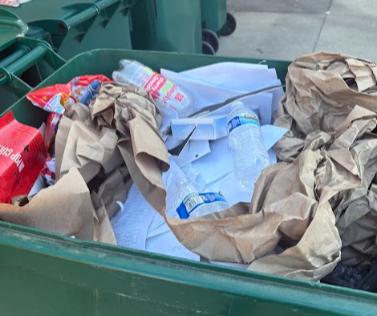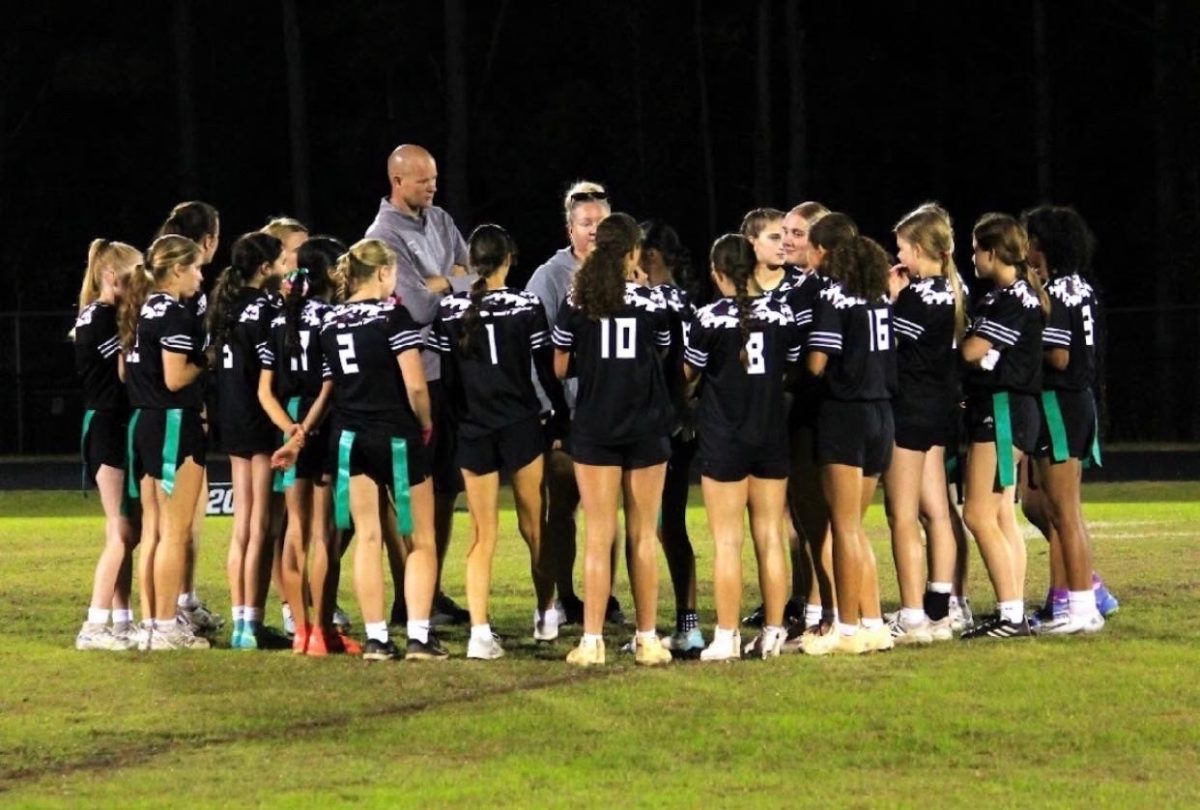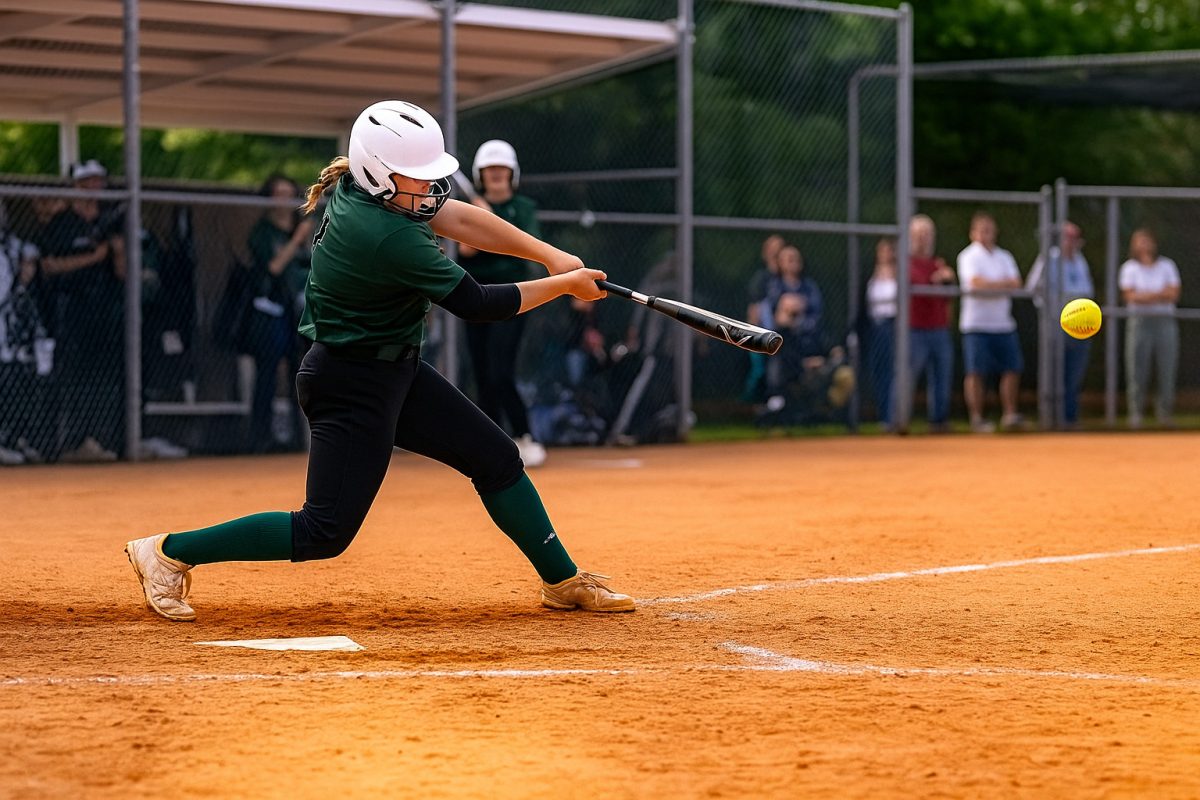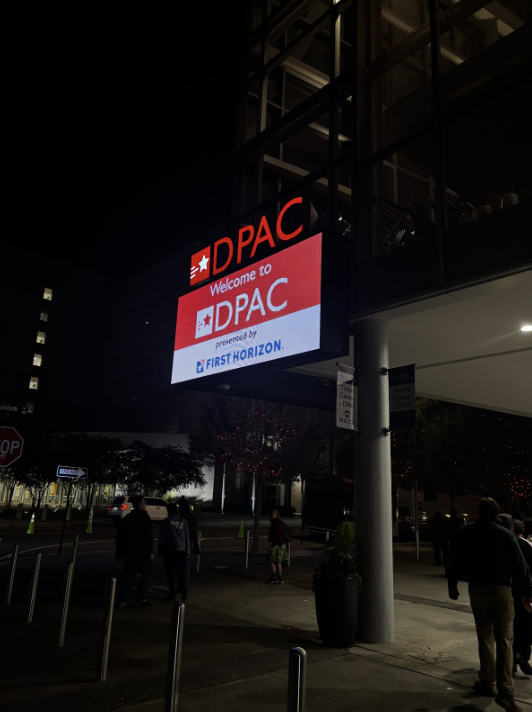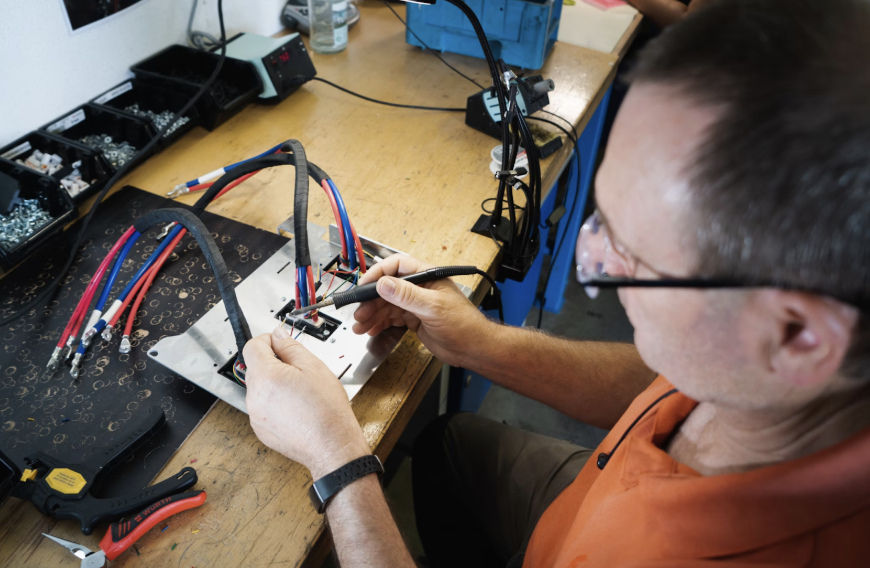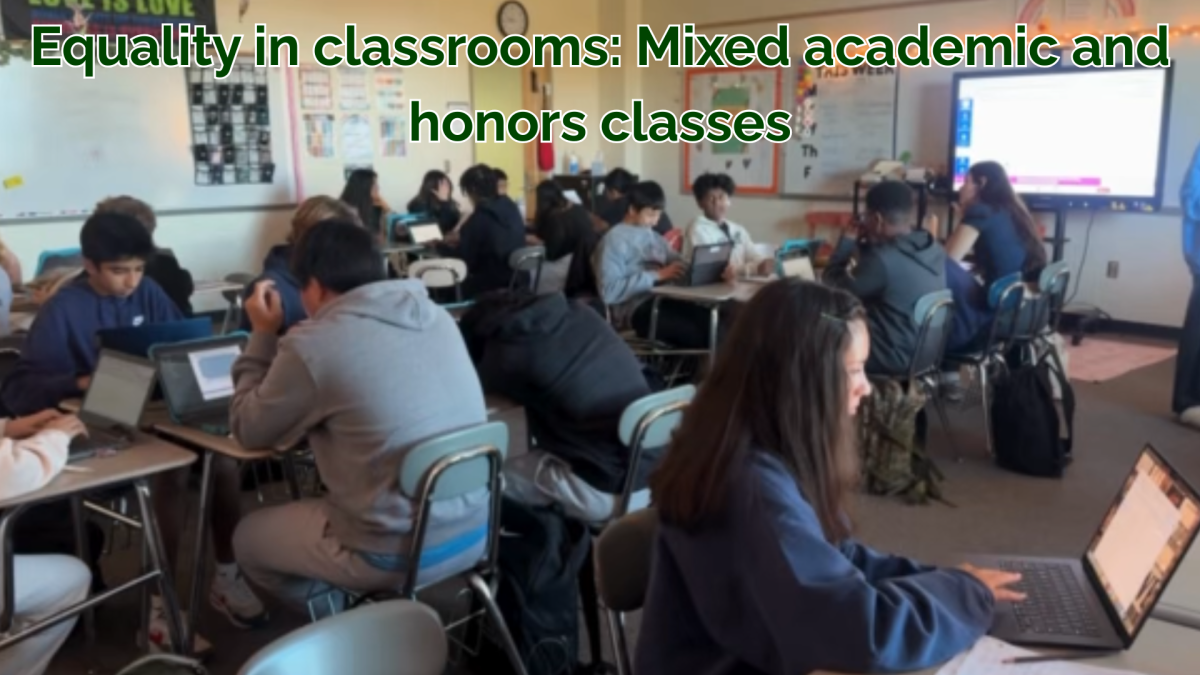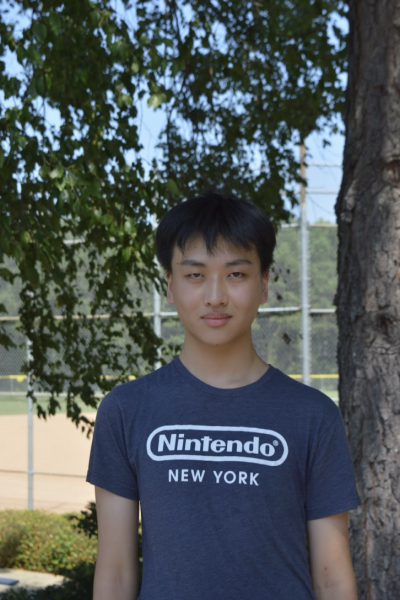SMART Lunch: Adjustments made for spring semester
February 8, 2023
Green Hope adjusted several aspects of SMART Lunch to coincide with the second semester. The changes implemented such that student and teacher interactions were more focused; however, students no longer have grade incentives to attend SMART lunch tutorials.
Prior to the revisions, lunch tutorials initially provided incentives (each department had different incentives ranging from a minor grade or improvement to lower grades) for students who attended; however, at the beginning of the semester, the School Improvement Team made reformations that removed the incentives in favor of more focused instruction with students that may need extra assistance.
SMART Lunch is now broken into two lunch periods. One day is open to any and all students; however, a new “priority day” exists such that students would be assigned by teachers in order to make up work, take tests and provide more detailed instruction.

Green Hope students felt strongly about the reformations. “I think the removal of the SMART Lunch incentive could really be helpful for those who need to attend for help, but I myself feel less motivated to attend,” said Anam Siddiqi (‘25). “Before the reform, I felt like SMART Lunch was just this thing I could rely on to boost my grade, but now I feel like Smart Lunch is purely for help rather than a grade boost. Knowing that there’s no incentive, I have a feeling my SMART Lunch attendance is going to decrease greatly.”
In contrast, Samantha Chu (‘25) had a different perspective on the change. “The incentive was a nice booster for my grade, but most of the time I didn’t go because I was already focused on working hard for my grade, so I don’t think it will prevent me from achieving what I want to work for,” she said.
Green Hope High School Principal Mrs. Alison Cleveland touched on the incentive removal. “ By reserving one day a week for each content area to strategically assign students to attend the tutorial sessions, teachers can provide targeted and directed support through re-teaching and guidance on work completion,” she said. “We believe that students will have the opportunity to ask questions in a smaller setting and receive the support that they need to learn and achieve. We also believe that students who are making responsible decisions in their classes will have the opportunity to choose if they need to attend a tutorial, a club meeting, or how they would like to spend their SMART Lunch time.”
To improve student learning and achievement, the School Improvement Team analyzed attendance data to determine what was the most effective in student growth.
“We decided that the best time to make the small adjustments is at the start of a new semester. The team will continue to analyze the attendance and achievement data this semester and determine if the adjustments had an impact. We considered the current size of tutorials (number of students), which students were consistently attending, how much on-subject work was being completed, how much direct support was being provided, the current impact on student achievement, and the current impact of the incentive on student grades. Schools should always be adaptive to the students, community, and societal shifts. We can’t always predict what our students or community will need in order to continue to grow and excel.”
Carrying forward, Principal Cleveland is “willing to do what is best for all if that means continuing current practices or adjusting.”























